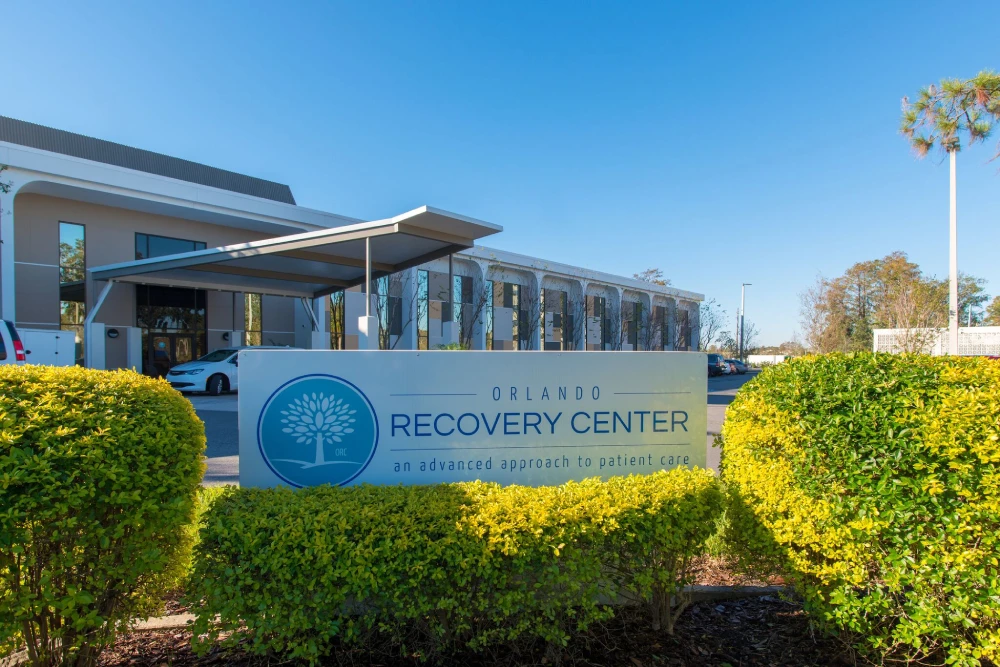Meth abuse can drastically affect a user’s physical appearance, specifically the skin. Find out how meth can cause the visible wounds known as meth sores.
Article at a Glance:
- Methamphetamine, or meth, is a stimulant that causes people to feel good
- Meth is very addictive
- Meth can cause sores anywhere on the skin
- Reduced blood flow, reduced immune system, and delusions are all symptoms of meth use that cause sores
- Medicated lotion may help sores heal faster
- The only way to prevent meth sores is to not use meth
What is Meth?
Methamphetamine, commonly referred to as meth, is a highly addictive central nervous system stimulant. According to the Substance Abuse and Mental Health Services Administration’s2017 National Survey on Drug Use and Health, approximately 800,000 Americans ages 12 and older reported using meth within the month previous to taking the survey.
Meth can come in several forms, including:
- Crystalline powder form:this form is most commonly white, though it can also be yellow, pink, or brown
- Crystal meth:Crystal meth is clear or blue and takes the shape of coarse crystals
Similar to otherstimulantdrugs, meth increases dopamine levels. Dopamine plays a role in motivation, pleasure and motor function. Increased dopamine causes a rush of energy and excitement, along withincreased blood pressure.
Meth is a popularillicit drugdue to its euphoric effects. In addition to being extremely addictive, meth can cause physical effects, including meth sores.
What Are Meth Sores?
Meth sores are open wounds that occur on the skin of peoplewho regularly use meth. These open sores appear differently depending on their cause, whether due to picking or a burn from the hot pipe used to smoke meth. They can look like mosquito bites, acne breakouts, pus-filled sores, and burns on or around the lips.
What Causes Meth Sores?
According toThe Meth Project, meth sores occur due to:
A worsening immune system –Meth can weaken one’s immune system by suppressing white blood cells that fend off germs, viruses, and bacteria. Fewer white blood cells mean a weaker immune system and a higher risk of skin infections.
Declining personal hygiene –People on meth also are less motivated to maintain personal hygiene routines, which increases acne breakouts, skin dryness, and infection. This can be a common sign of drug abuse in general.
Reduced blood flow to the skin –Meth restricts blood flow, which, in combination with other factors, such as worsening hygiene and toxins that are released through pores, can result in acne breakouts.
Meth that’s released in sweat –Meth is water-soluble, which meansit can be sweated out through one’s pores. This can cause skin irritation and sores on the face that appear red and bumpy like acne.
Burns fromparaphernalia–Meth sores can form as a result of how the drug is used, such as burns on or around the mouth from a hot pipe.
Excessive picking from meth mites or meth bugs –Meth psychosis is a possible side effect of meth usage. Meth psychosis is a mental disorder that affects a person’s thoughts and emotions. It can lead to meth hallucinations, where the user can feel and sometimes see “meth bugs” or “meth mites” crawling on or underneath the skin. This can lead to scratching, which can both form new sores on otherwise clear skin or open existing sores which can lead to infection.
Infections –As stated above, infections can occur from a variety of meth-related causes, including excessive scratching and a weakened immune system.
The Prevalence of Meth Sores & Other Side Effects
The Recovery Villagesurveyed 2,135 American adults who formerly or currently use methamphetamine. The majority of those who participated (93%), experienced many health issues, many of which were severe. Heavy meth use increases a person’s risk for all methamphetamine-related health issues. In particular, heavy meth users are:
- 4.4 times more likely to havemeth mouth
- 3 times more likely to have broken teeth
- 2.3 times more likely to have a sore or infection
- 3.2 times more likely to damage your liver
- 2 times more likely to damage your kidneys
- 2.9 times more likely to have a stroke
- 2.6 times more likely to have a heart attack
- 2.4 times more likely to have a seizure
- 2.5 times more likely to lose your ability to feel pleasure
Meth Sores on the Body
Meth sores can break out anywhere on the skin. Sores on certain body parts, such as a person’s arm, can also be due to injecting meth into these areas of the body.
People who use meth regularly will often wear long-sleeve shirts and long pants, even during hotter temperatures, to cover the meth sores on arms and meth sores on legs. Wearing clothes intended for colder temperatures during hotter seasons is a sign that someone could be using meth.
Meth Sores on the Face
Face sores are one of the most common signs that someone is regularly using meth. People who are addicted to meth frequently have acne breakouts, which are caused by poor hygiene and restricted blood flow to the skin. Other face sores, such as large, open gashes, can be caused by picking at the skin while under the effects of the drug.
Meth Mouth Sores
Meth sores can occur simply from the act of using meth, due to burns, and not just from the side effects of using the drug. Meth is a white crystalline drug that can be taken by snorting, smoking or injecting with a needle.
Smoking meth involves using a hot pipe, which can cause burns on and around a person’s lips. These burns are also called meth mouth sores. When the pipe is overheated or the smoke is too hot, any part of the body that comes into contact with the substance and paraphernalia can become affected. The smoke and pipe can even cause meth tongue sores.
The Effects of Meth Sores
Meth sores can lead to complications ranging from mild to severe. On the mild side, the sores can simply lead to scabbing or scarring. In the long term, more severe side effects may occur. Sores can lead to infections, inviting infection into the bloodstream, which can be life-threatening.
Meth Sores Treatment
Attemptingrehabwithout medical supervision is not recommended, but there are home remedies for meth sores that can diminish the physical appearance and painful feelings caused by these wounds. Oils, such as those enriched with Vitamin E or aloe vera can add moisture to the skin and help scars heal.
Since meth sores are caused by using meth, the best treatment for these wounds is to stop using meth.
Meth Addiction Treatment
If you or a loved one is addicted to meth,call The Recovery Villageto speak with a representative about how addiction treatment can help. Individualizedtreatment programshelp patients address their addiction and anyco-occurring mental health disorders. You deserve a healthier future, reach out today.
















